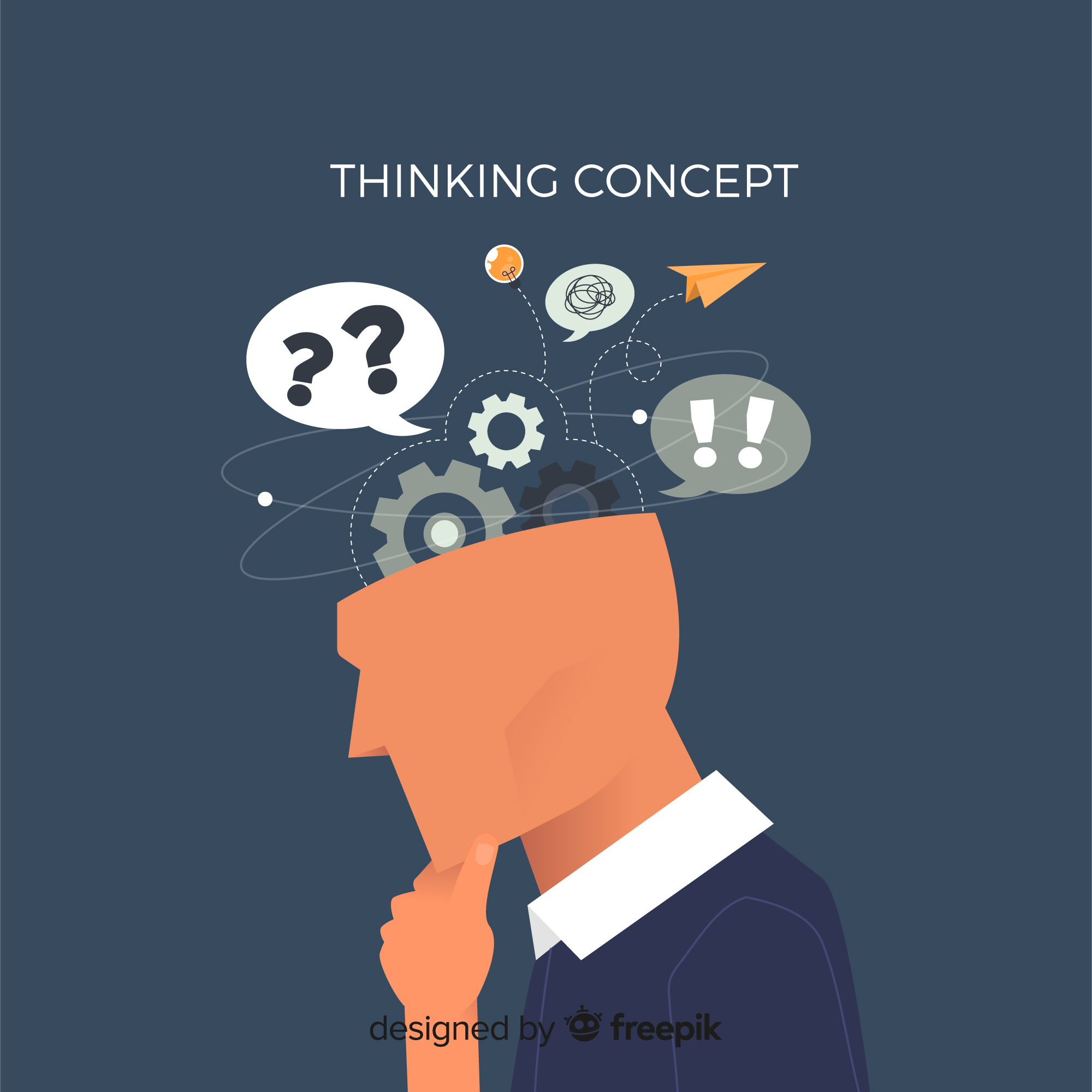Critical thinking analyzes, evaluates, and forms reasoned judgments based on evidence. Creative thinking generates novel ideas and solutions.
TL;DR Critical thinking Vs. Creative thinking
Critical thinking focuses on analyzing facts, evidence, and logical reasoning to reach a well-justified conclusion, creative thinking involves generating unique ideas, exploring possibilities, and looking beyond conventional boundaries.
Developing strong critical-thinking skills allows individuals to make sound judgments based on evidence and reasoning while minimizing biases or fallacies. Nurturing creative-thinking skills enables individuals to approach challenges with fresh perspectives, think outside the box, and come up with innovative solutions.
What is critical thinking?

Critical thinking is a cognitive process that involves analyzing, evaluating, and interpreting information in a logical and objective manner. It goes beyond simply accepting what we are told or assuming things at face value.
Instead, critical thinkers actively question and examine ideas, arguments, and evidence to form well-informed conclusions.
At its core, critical thinking requires us to be open-minded and willing to challenge our own beliefs and biases. It encourages us to approach problems with curiosity and skepticism while seeking reliable evidence to support or refute claims.
What is creative thinking?

Creative thinking is the ability to come up with new and innovative ideas, concepts, and solutions. Creative thinkers have a unique perspective that allows them to see things from different angles and think outside the box.
Creative thinking involves being open-minded, curious, and willing to take risks. It’s about exploring unconventional approaches and challenging traditional norms. A creative thinker is not afraid to question assumptions or explore alternative possibilities.
Critical thinking Vs. Creative thinking – Key differences
| Aspect | Critical Thinking | Creative Thinking |
|---|---|---|
| Focus | Analysis and evaluation | Generation of new ideas |
| Process | Logical reasoning | Imagination and lateral thinking |
| Purpose | Problem-solving and decision-making | Innovation and originality |
| Approach | Objective and systematic | Subjective and exploratory |
| Method | Evidence-based | Intuitive and speculative |
| Outcome | Informed judgments | Novel solutions and concepts |
| Emphasis | Accuracy and clarity | Unconventional and unique ideas |
| Application | Decision support | Idea generation and exploration |
| Examples | Critiquing arguments | Brainstorming, art, invention |
How to improve your critical thinking skills?
- Question Assumptions: Challenge underlying assumptions to uncover hidden biases and gain deeper insights.
- Analyze Information: Break down complex ideas into components, evaluating their logic and relevance.
- Evaluate Sources: Assess the credibility and reliability of information before accepting it as true.
- Solve Problems Systematically: Approach problems step by step, considering multiple solutions and their implications.
- Practice Socratic Questioning: Use probing questions to explore the underlying principles and implications of ideas.
- Consider Multiple Perspectives: Engage with diverse viewpoints to broaden your understanding and avoid narrow thinking.
- Reflect on Decisions: Analyze past decisions to learn from mistakes and refine your future judgment.
- Develop Logical Reasoning: Identify common fallacies and inconsistencies in arguments.
- Write Analytically: Express your thoughts in writing to clarify your ideas and enhance your critical analysis.
- Stay Curious: Cultivate a thirst for knowledge and consistently seek new information and insights.
How to improve your creative thinking skills?
- Embrace Curiosity: Cultivate a strong desire to explore and learn about various subjects.
- Divergent Thinking: Train your mind to generate multiple ideas and explore different angles.
- Mind Mapping: Visualize connections between ideas to spark new insights and associations.
- Brainstorming: Engage in free-flowing idea sessions to encourage creativity and innovation.
- Change Perspectives: Shift viewpoints or imagine different scenarios to uncover fresh insights.
- Cross-Disciplinary Learning: Draw inspiration from diverse fields to create unique connections.
- Playful Exploration: Engage in creative activities and games to stimulate imaginative thinking.
- Overcome Fear of Failure: Embrace mistakes as learning opportunities and avenues for growth.
- Collaborate: Share and discuss ideas with others to benefit from different viewpoints.
- Mindfulness and Reflection: Practice being present and analyze experiences for creative inspiration.
Image Credits
Featured Image By – storyset on Freepik
Image 1 By – Freepik
Image 2 By – rawpixel.com on Freepik








